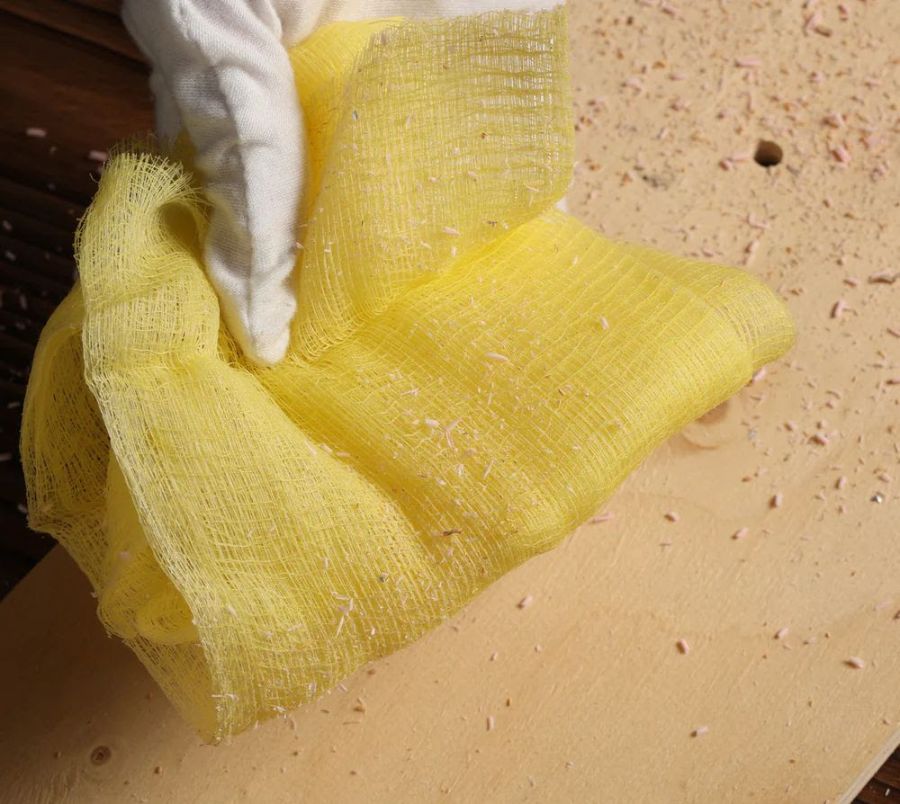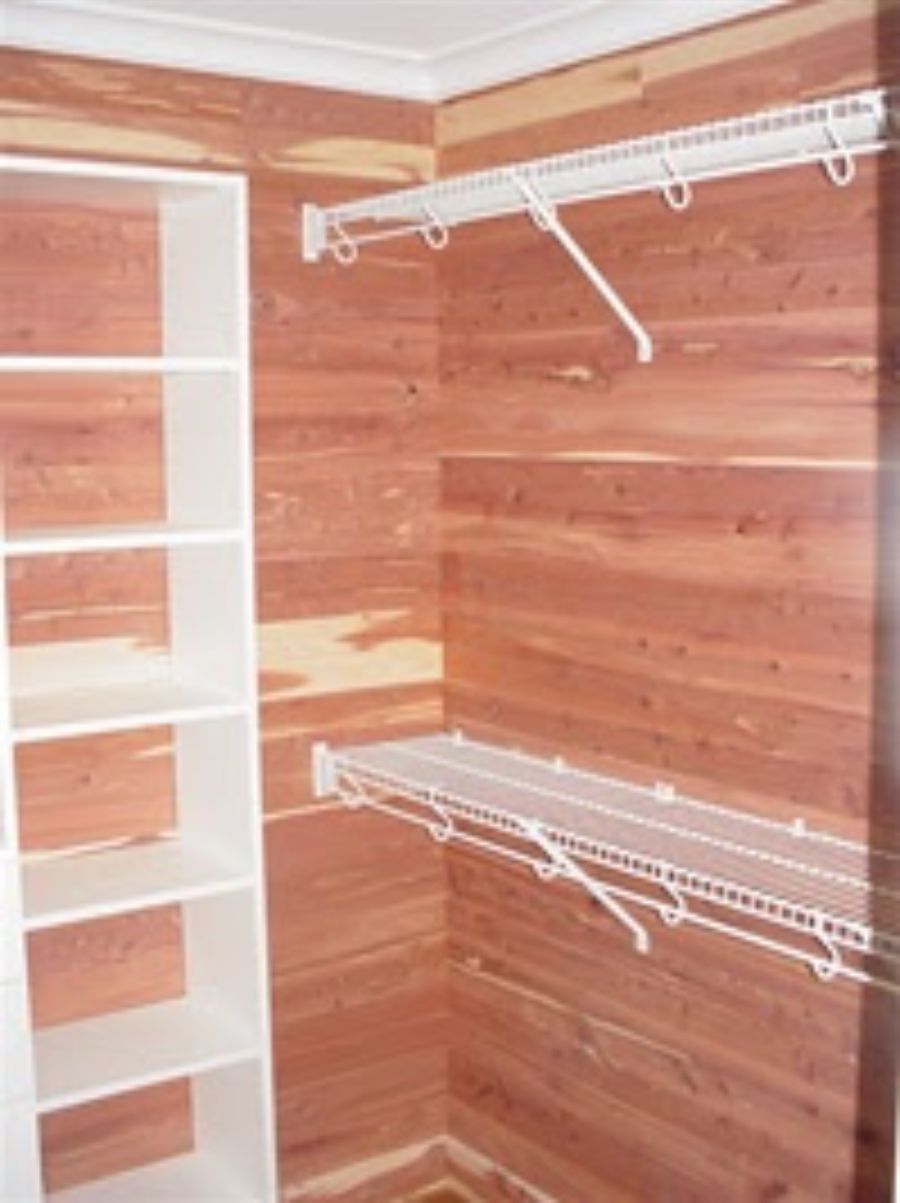Have you ever been to somebody’s home or business and saw an outlet on the wall installed upside down [with the portion of the outlet where the ‘ground’ receptacle (the ‘round’ one) being on the ‘top’ vs. the ‘bottom’ of the outlet] and thought, “Why the heck is that like that?

You might even have wondered in these cases if the outlets were installed upside down on purpose.
But is there really a right or wrong way? Let’s explore why this happens and what it means.
In most homes, outlets are installed with the two straight slots (for the hot and neutral wires) on top, and the round hole (for the ground wire) on the bottom. This is what most people are used to, and it’s what you’ll see in many homes across the country.

This “right-side up” setup makes sense to most people because it looks like a face – two eyes and a mouth! Also, when plugging something in, it just feels natural this way.
Even though having the ground hole at the bottom is more common, some electricians purposely install outlets with the ground hole at the top. This might seem strange at first, but there’s a good reason behind it – safety.

Let’s say you’re plugging in a metal lamp or a vacuum, and a metal object like a paperclip, nail, or coin falls down between the plug and the outlet. If the ground hole is on top, that falling object is more likely to hit the ground prong first. Since the ground prong is there to protect you by carrying extra electricity safely away, it helps lower the risk of electric shock or fire.
On the other hand, if the outlet is installed with the ground on the bottom and a metal object falls behind the plug, it could hit the hot prong (the one that carries electricity). That could cause a short circuit, sparks, or even a fire.

Because of this, some electricians install outlets with the ground on top, especially in commercial buildings, hospitals, and places where safety is a bigger concern.
Outlets might also be installed ‘upside down’ for other reasons.
For example:
· Switched outlets – In some homes, a wall switch controls only the top half or bottom half of an outlet. Installing the outlet upside down can be a visual clue that it’s different from the others.
· Design preference – Some electricians or homeowners simply prefer the ground on top, even in a regular home.
· Local code or inspector preference – Some areas may have rules or inspectors that prefer one way over the other.

Is One Way Better?
The short answer: not really. Both directions are considered correct under the National Electrical Code. As long as the outlet is wired safely and properly, it can be installed with the ground on the top or bottom.
Knowing all this, if you ever see an outlet that looks upside down, it may not be ‘upside down’ all and may very well may not be a mistake as it’s often done on purpose for safety or convenience.
While most people are used to seeing outlets with the ground hole on the bottom, having it on top can actually help prevent accidents.
Regardless of how odd it may look, what matters most in these cases is that the outlet is installed safely by a trained professional!







